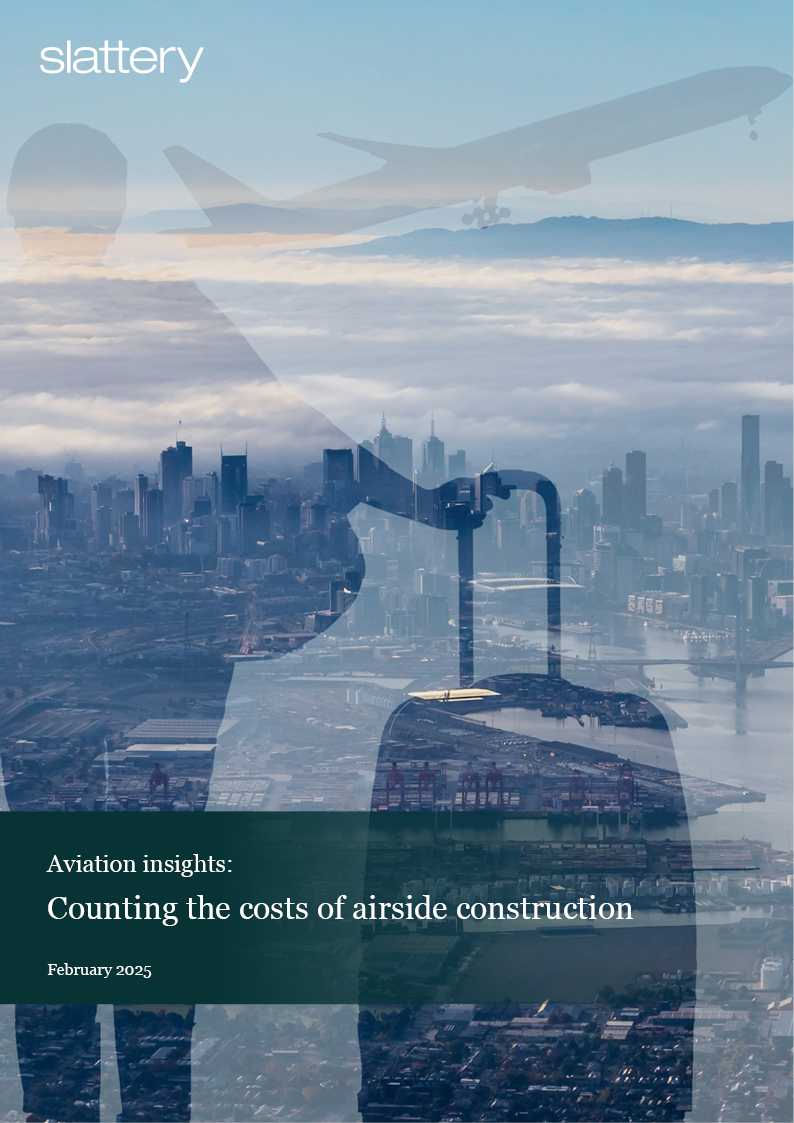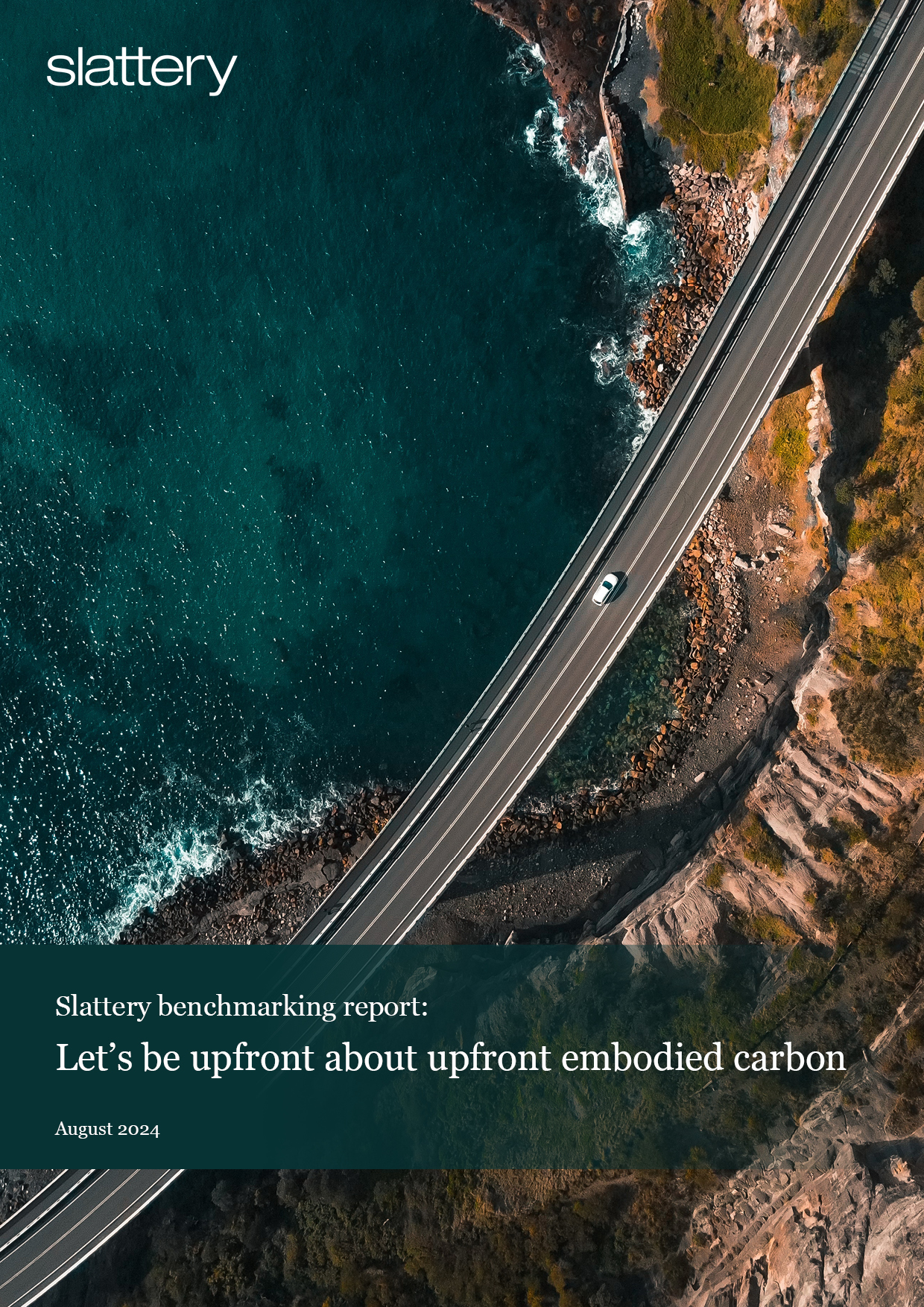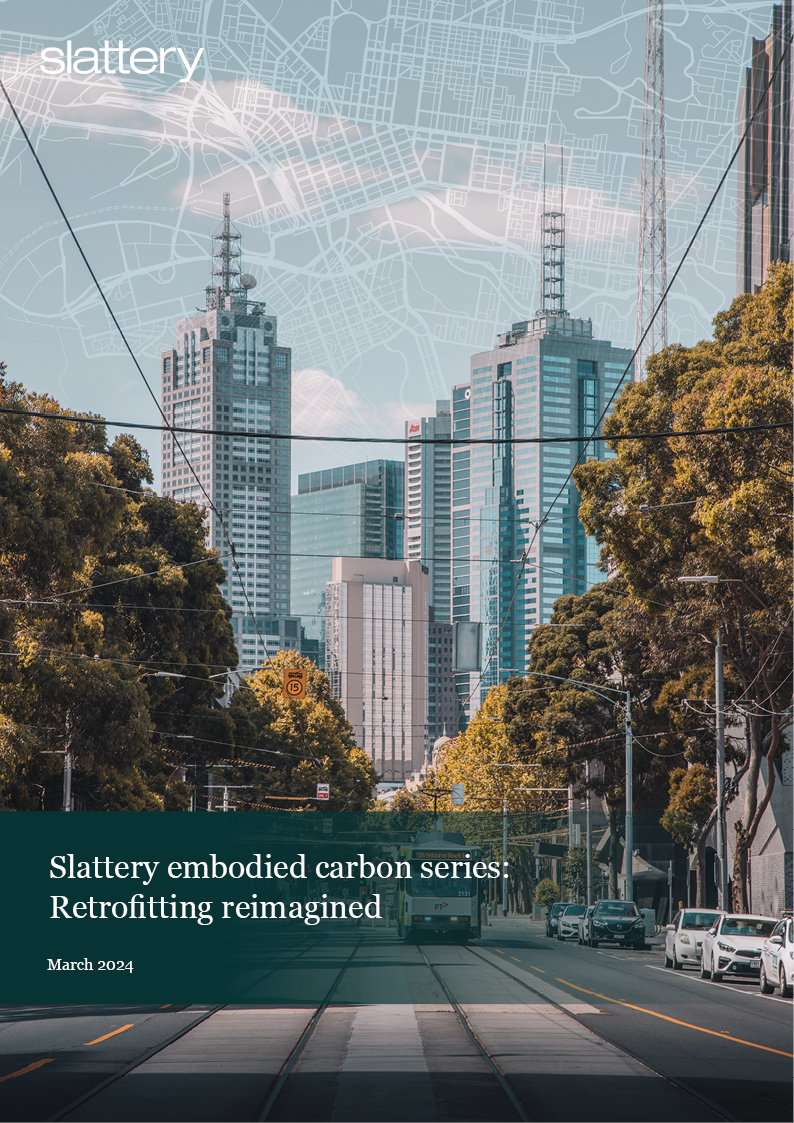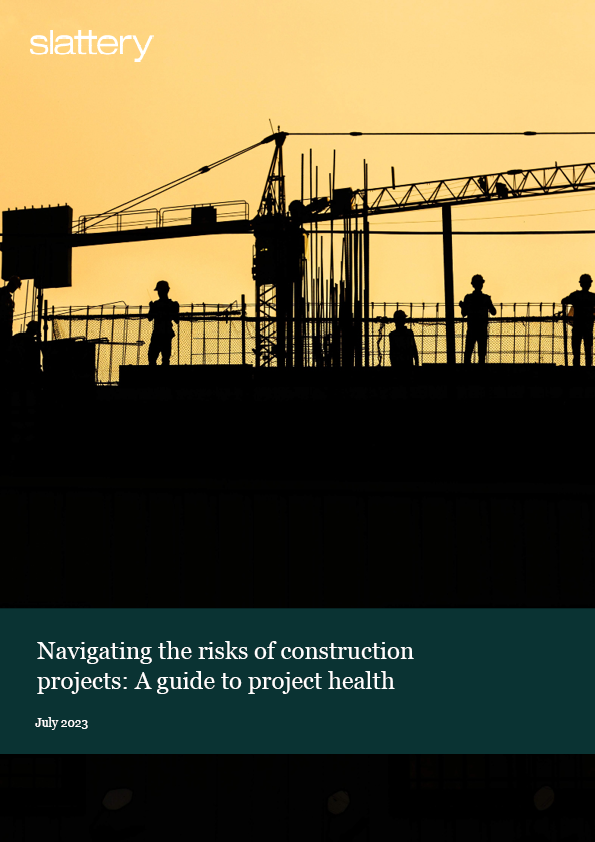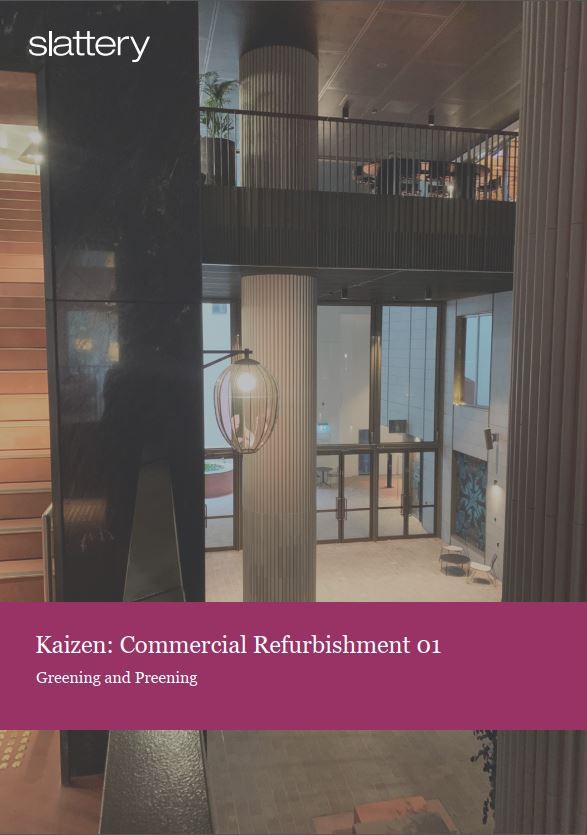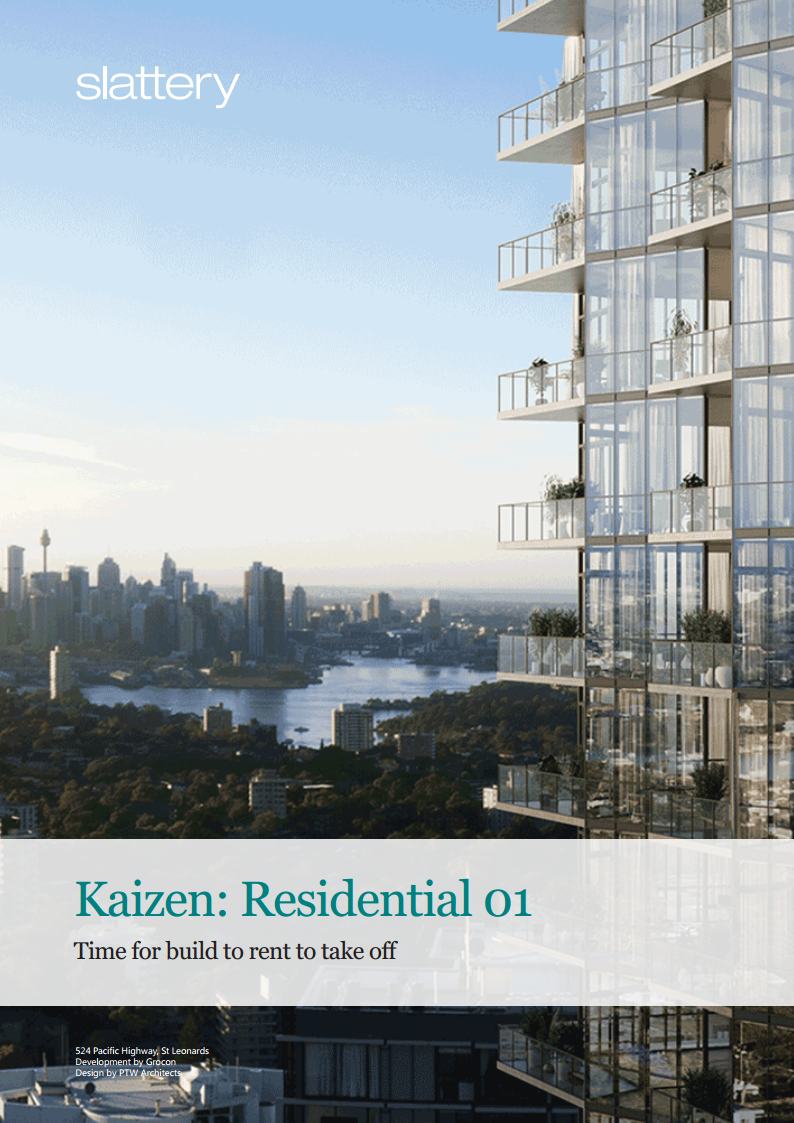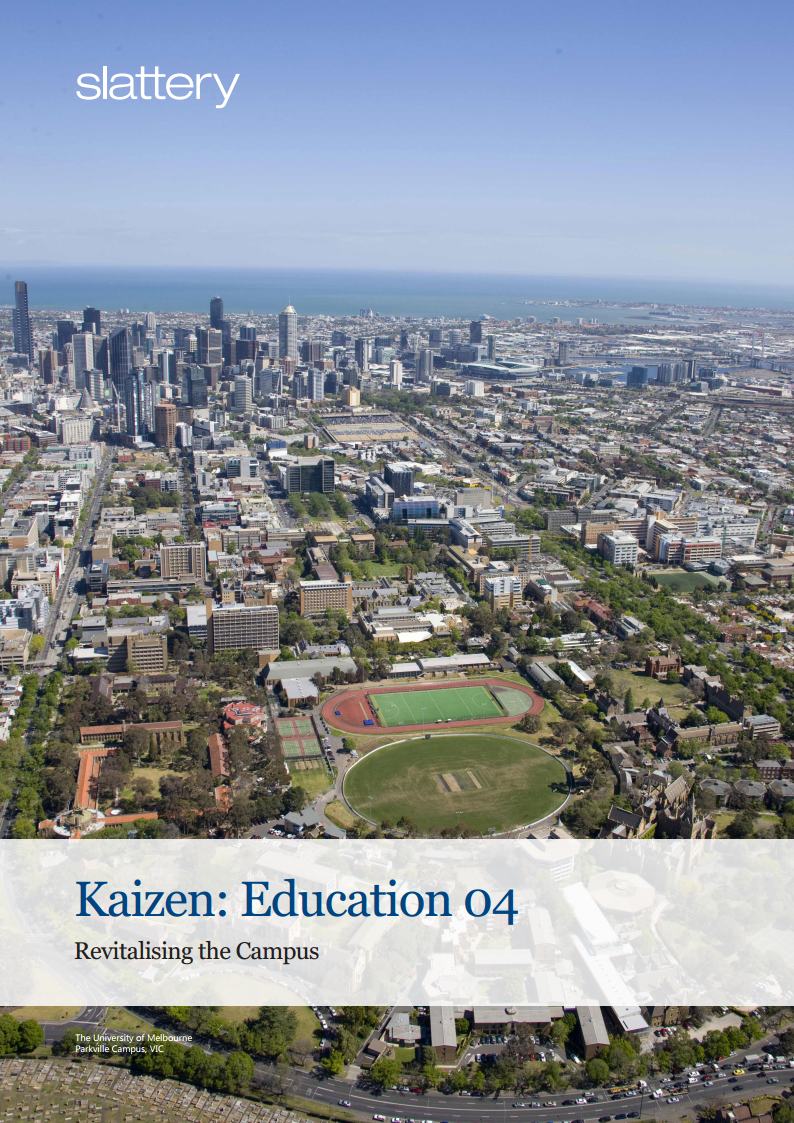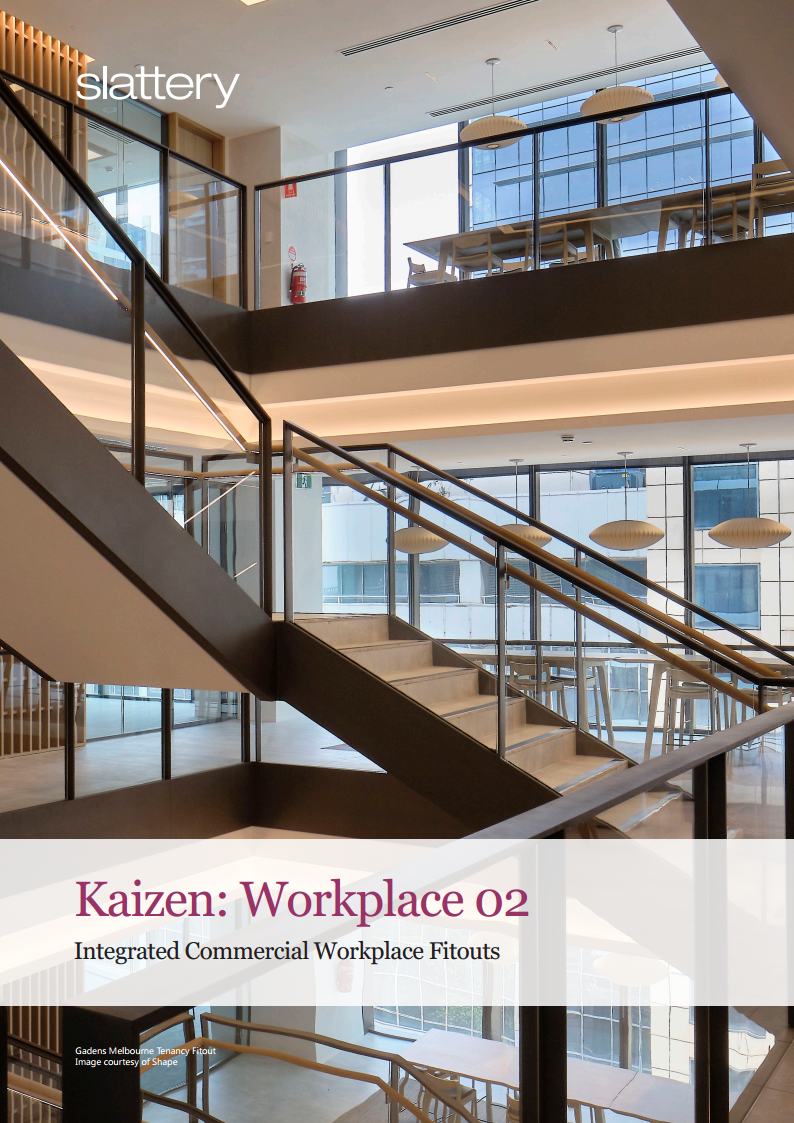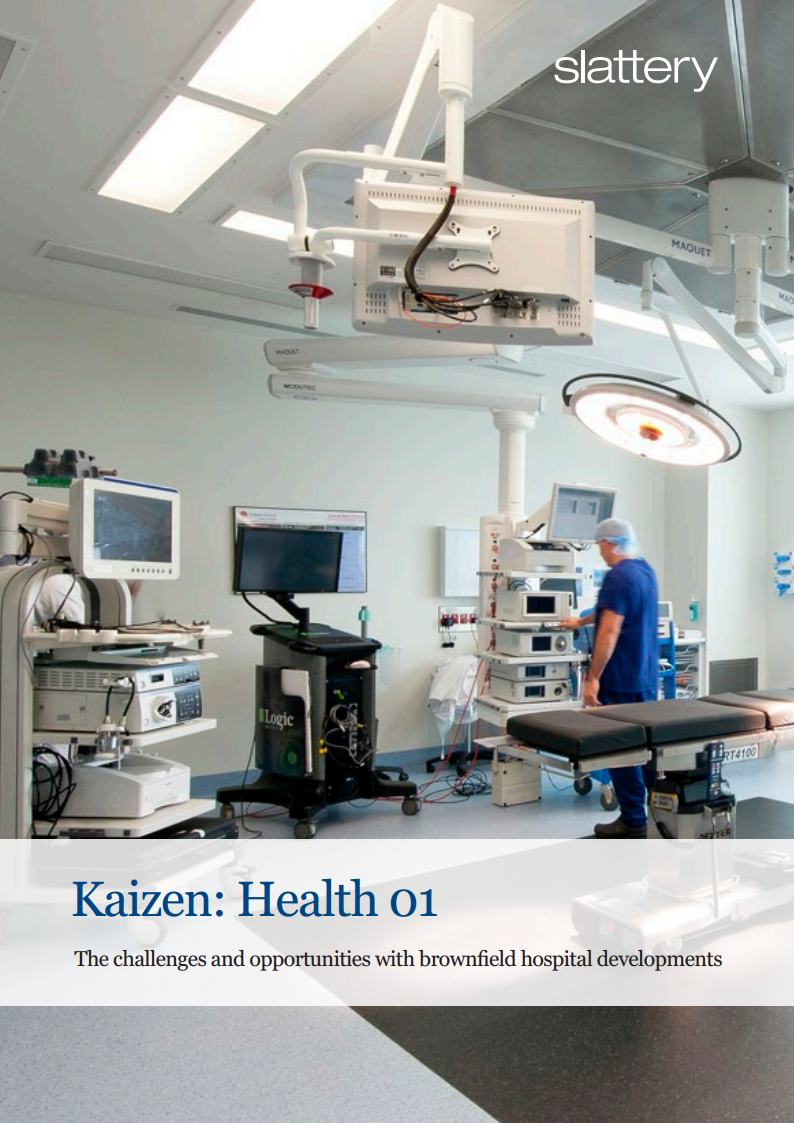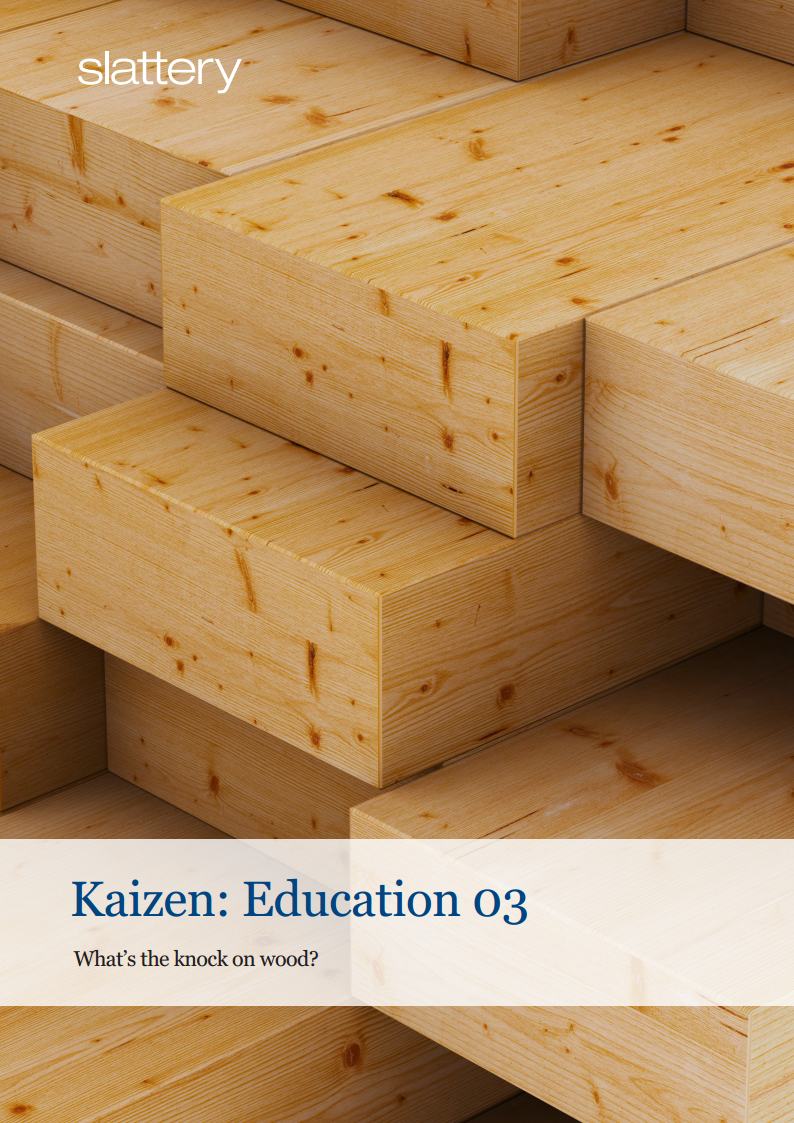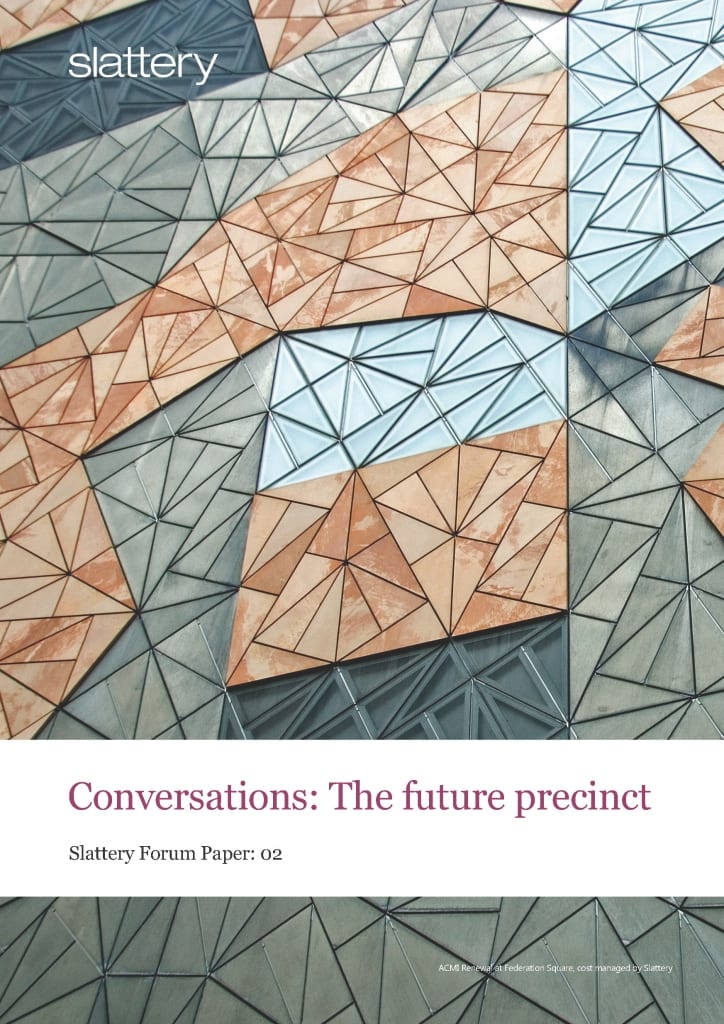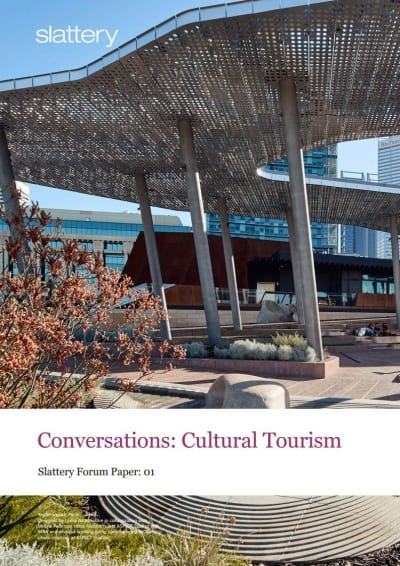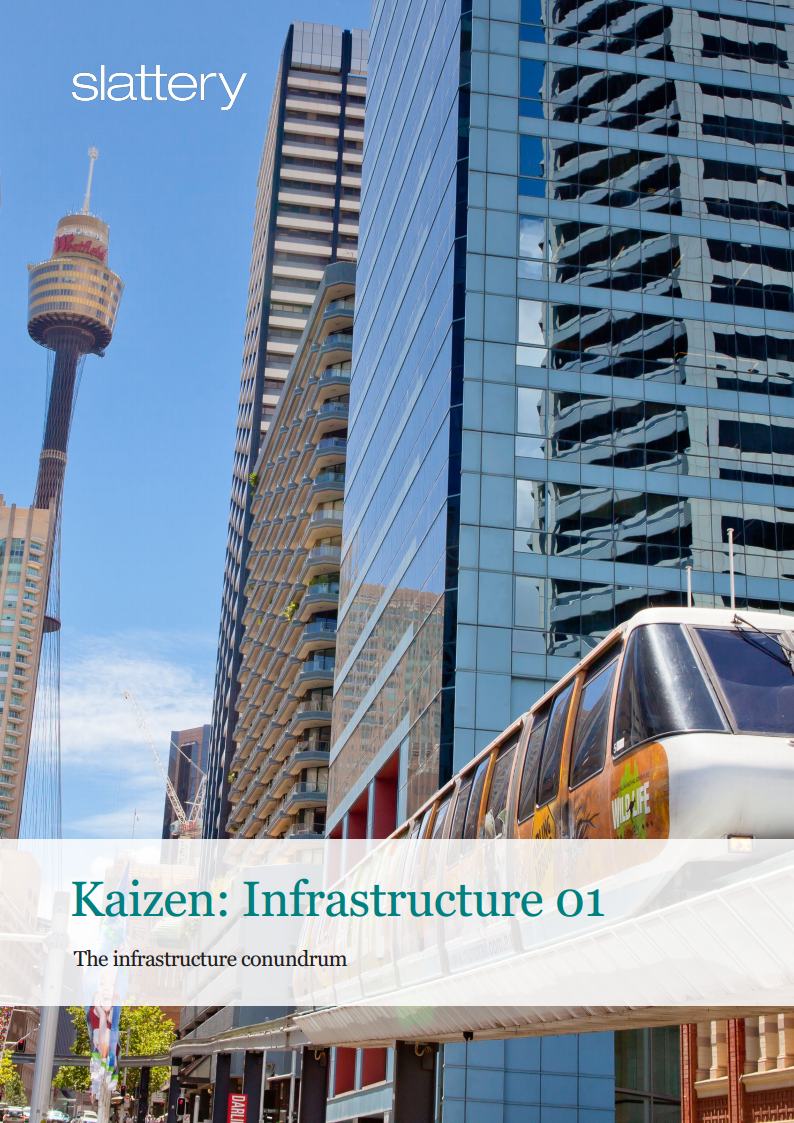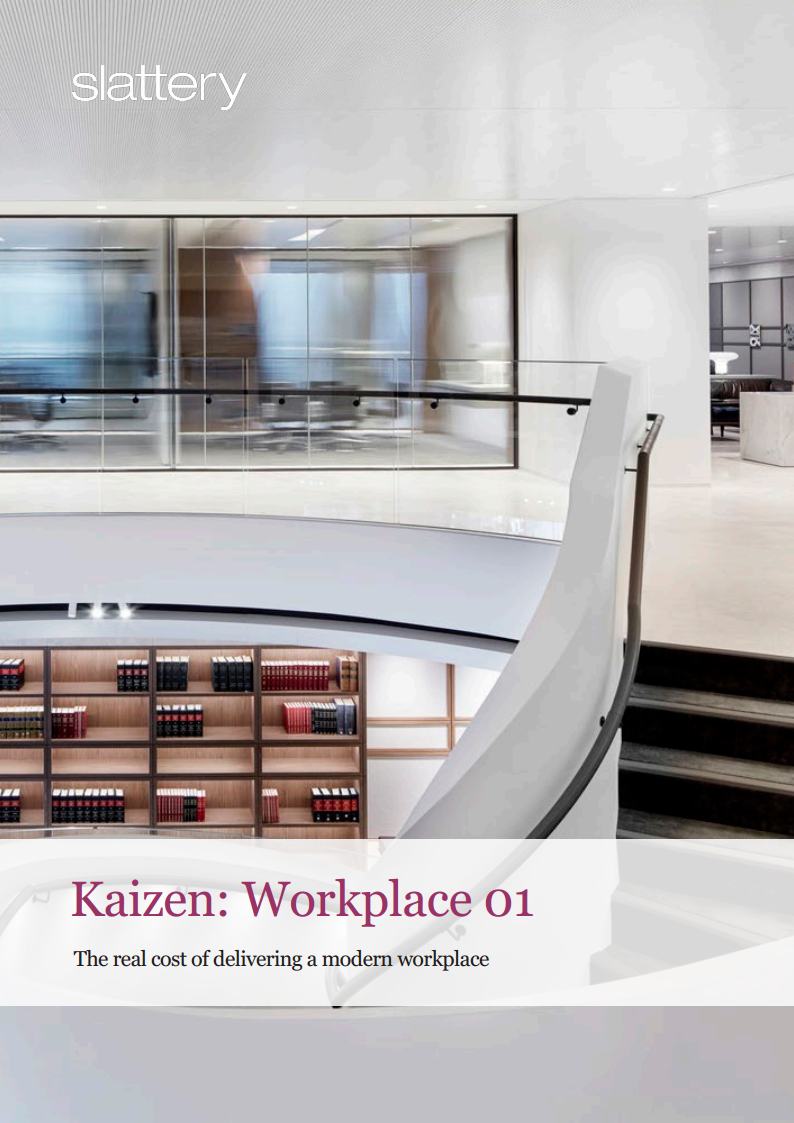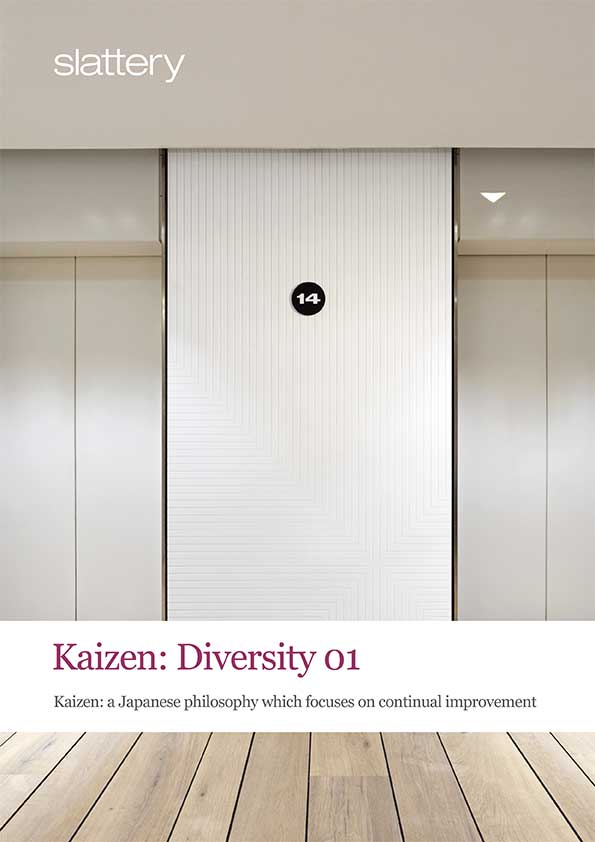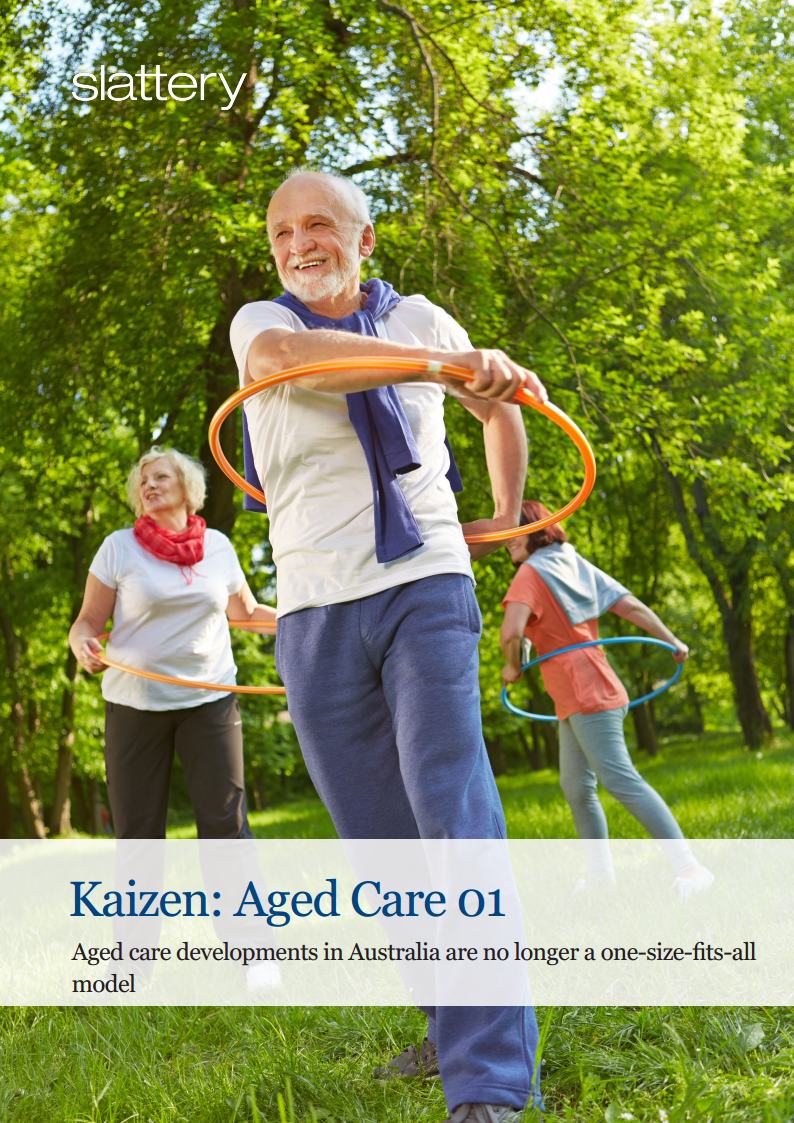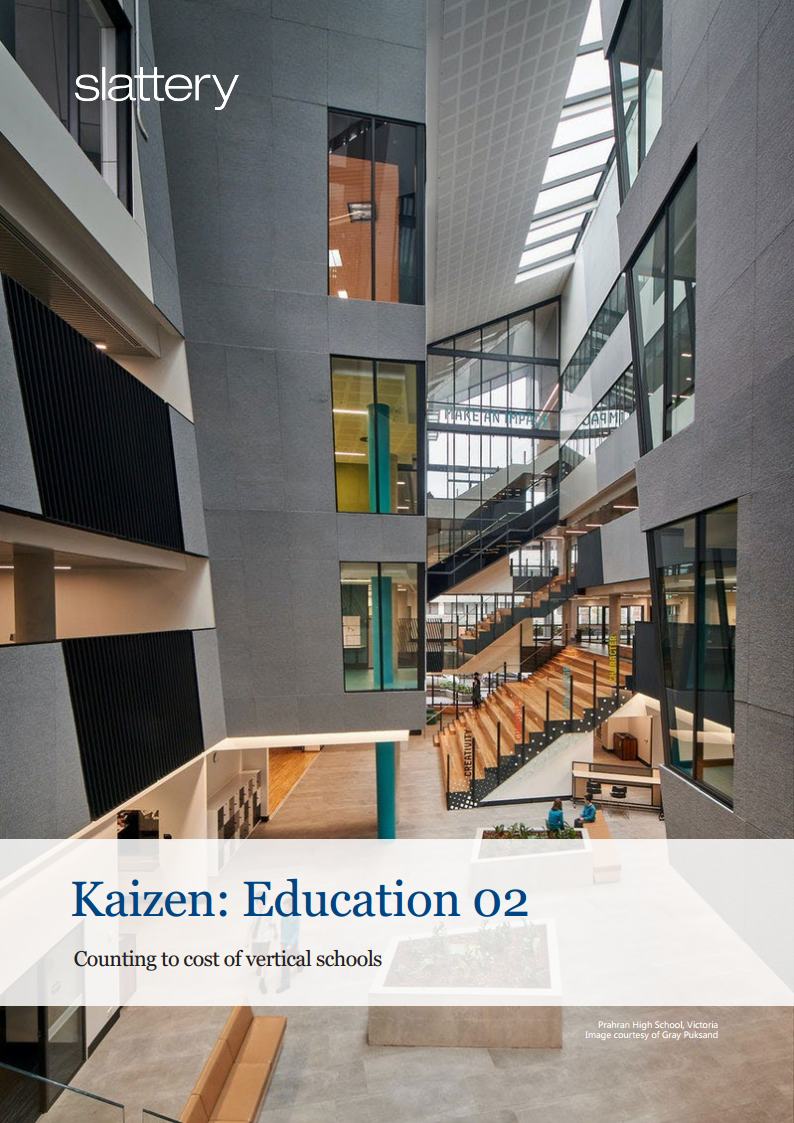Greening and Preening
In the wake of the pandemic and the work-from-home revolution, landlords must offer space that ticks more boxes than ever before. The workplace must be safe and clean, enhance productivity, performance, health and wellbeing, accommodate flexibility and multiple workstyles, inspire collaboration and innovation, and act as a strong talent attraction and retention tool. Striking the right balance – and doing so on the right budget – is a big challenge for every landlord. In this Kaizen paper we explore what the real cost is of ‘Greening and Preening’ your building.
Time for Build to Rent to Take Off
Over the last few years, Build to Rent has become a topic of increasing interest in the global property industry. However, despite significant popularity in Europe and The US, it is no secret that this asset class has struggled to gain traction in the Australian market.
In Slattery’s newest Kaizen paper, our residential team investigates how practical and cost-effective design can facilitate a domestic build to rent take off.
Revitalising the Campus
The forefront of innovation in Australia, the tertiary education sector is constantly evolving and growing, necessitating the perpetual redevelopment, refurbishment and expansion of existing campuses. Unsurprisingly, these projects present a number of challenges to universities and developers, some of which can seem insurmountable without early and accurate planning.
In our latest Kaizen paper, Slattery apply our experience in the successful delivery of brownfield redevelopments to identify the key issues; which when considered early best position tertiary providers to achieve optimal environmental, health & safety, and economic outcomes.
Workplace Integrated Fitout
Slattery’s extensive workplace interiors portfolio means we have experience assisting clients in the various methods of fitout delivery and have developed insight into the complexities associated with each type.
In this Kaizen, we explore the critical issues and risks that can arise for tenants in delivering an integrated fit out and the opportunities and mitigation measures available to manage these risks.
Brownfield Hospital Developments
In this paper we outline the challenges and opportunities with brownfield hospital developments and the opportunity for quality facilities, including an insight into common budgetary, time and operational constraints associated with these developments.
We explore how the opportunity for quality facilities can be delivered whilst acknowledging the constraints of an existing site, ultimately generating value for the community.
What’s the knock on wood?
Engineered timber is a renewable building material offering multiple environmental, architectural and program benefits. The material is starting to be seen as an alternative building material compared to the more traditional material such as concrete, steel and masonry
Due to greater awareness and availability of some Australian made products that can assist with timber construction within buildings, there is an emergence of this product used in construction in Australia today.
In our new paper, Slattery explores the key considerations for a wholly timber construction project and the steps universities can put in place to mitigate perceived risks.
We examine recent Australian and international leading examples to determine the considerations and benefits including cost saving and sustainability.
The future precinct
Precincts are increasingly important in shaping and sharing a communal story of our cities and people, in creating social and economic legacy through proactive design and place-making.
By 2030, the number of people living in cities globally is expected to be around five billion; in Australia our population is expected to grow to 35 million by 2050, with 85 % of people living in cities. As cities are projected to grow, there needs to be much thinking, discussion and action in regards to improving and redeveloping existing urban areas.
Substantial opportunities can be unlocked by new precincts.
In May 2019, a group of leading precinct development and design experts came together in Melbourne to share their insights on precincts, as often transformative initiatives that are important for a growing economy and a growing population. Driving new employment, precincts support liveable, connected and sustainable cities that people love.
Our latest paper captures the conversation including the importance of designing places with a 100-year legacy, and a dissection of recent Australian and other global benchmark projects.
Cultural Tourism: A new economic driver for Perth?
Perth has a substantial opportunity to grow its share of international and domestic tourism, exploiting its proximity to Asia, new direct air-routes, Indigenous and natural heritage but does it have the right mix of attractions in the built environment coupled with capability to reach its full potential?
In March 2019, Slattery presented a dynamic panel discussion to consider the economic value and impact derived from cultural tourism in Perth, coupled with community and social impact creating a vibrant, engaging and adaptive city.
This new paper captures the conversation and asks is Perth set up as a destination? Where is the vision and ambition to tell Perth’s story including that of its Noongar (Indigenous) and natural heritage?
Now is the time to consider government and private investment in soft and hard infrastructure as Perth marches towards a forecast future population of 3.5 million by 2050.
Evolving culture, chasing dreams: Cost considerations for new cultural infrastructure
Governments are recognising the value of culture and cultural diversity, not just in cities but in regional and rural communities across Australia. Impacting wellbeing and local economies, its effect is transformative.
Australian cultural industries now contribute over $50 billion a year in economic activity with cultural tourism an important part of this contribution. Culture is what differentiates cities and communities, contributing to place-making and self-development through engagement with arts and culture; ultimately benefiting communities and developers in both city and country areas.
Culture underwrites the appeal of any community. What are the costs and the benefits of investment in cultural infrastructure?
The infrastructure conundrum
Two thirds of Australians now live in our capital cities, and the growth of our urban nation continues to accelerate at an ever-increasing rate.
According to Infrastructure Australia, the percentage of city dwellers will rise from 69.3 per cent in 2031 to 73.4 per cent by 2061. By then, up to 15.7 million Australians will live in our capital cities.
Accommodating this growth will be one of the great challenges of our nation’s city-builders in the decades to come. Read our recent article “The Infrastructure Conundrum” by Director Gillian Cottle and let us know your thoughts on how we will meet the infrastructure needs of this population growth
The real cost of delivering a modern workplace
The workplace should represent a company’s brand and corporate values, and enable staff productivity and efficiency.
This has always been part of the brief for workplace design and construction but nowadays tenants are dealing with a society that demands an enormous emphasis on health, wellbeing and sustainability. It is not uncommon for commercial office buildings and workplaces to have wellness centres, change facilities and collaboration hubs, all with multiple tenants under the one roof.
So what is the impact on cost and how do landlords and tenants balance budgets and modern day pressures to deliver a workplace that “has it all’?
Diving into Diversity
While the diversity drive is making a meaningful impact on the number of women in the property and construction industry, it’s time to broaden our focus.
A raft of research has found that diverse organisations are more profitable. For instance, a study from the La Trobe Business School, released last year, found a correlation between board diversity and superior performance. The largest study of its kind in Australia examined the nation’s top 500 listed companies between 2005 and 2011, uncovering a positive and significant association between female non-executives on boards and financial performance.
Aged care developments in Australia are no longer a one-size-fits-all model
With Australia’s population ageing, a one-size-fits-all approach to aged care is no longer possible. While most Australians want to ‘age in place’ – and technology and reforms to home care are helping them do so easier than ever before – the retirement living and aged care industries are changing at light speed.
As they do, they are providing people with more choice than ever before. As specialists within the aged care and retirement sector, Slattery brought together a range of experts to discuss emerging trends and future possibilities within the aged care sector.
Counting the costs of vertical schools
Australia’s population is expanding, our cities are densifying and land is more expensive than ever before. Growth in our inner-city suburbs is placing pressure on every part of our cities, but especially our schools. In this environment, the only way is up. Our National Education Sector Lead, Sarah Slattery explores the cost drivers associated with vertical schools.
